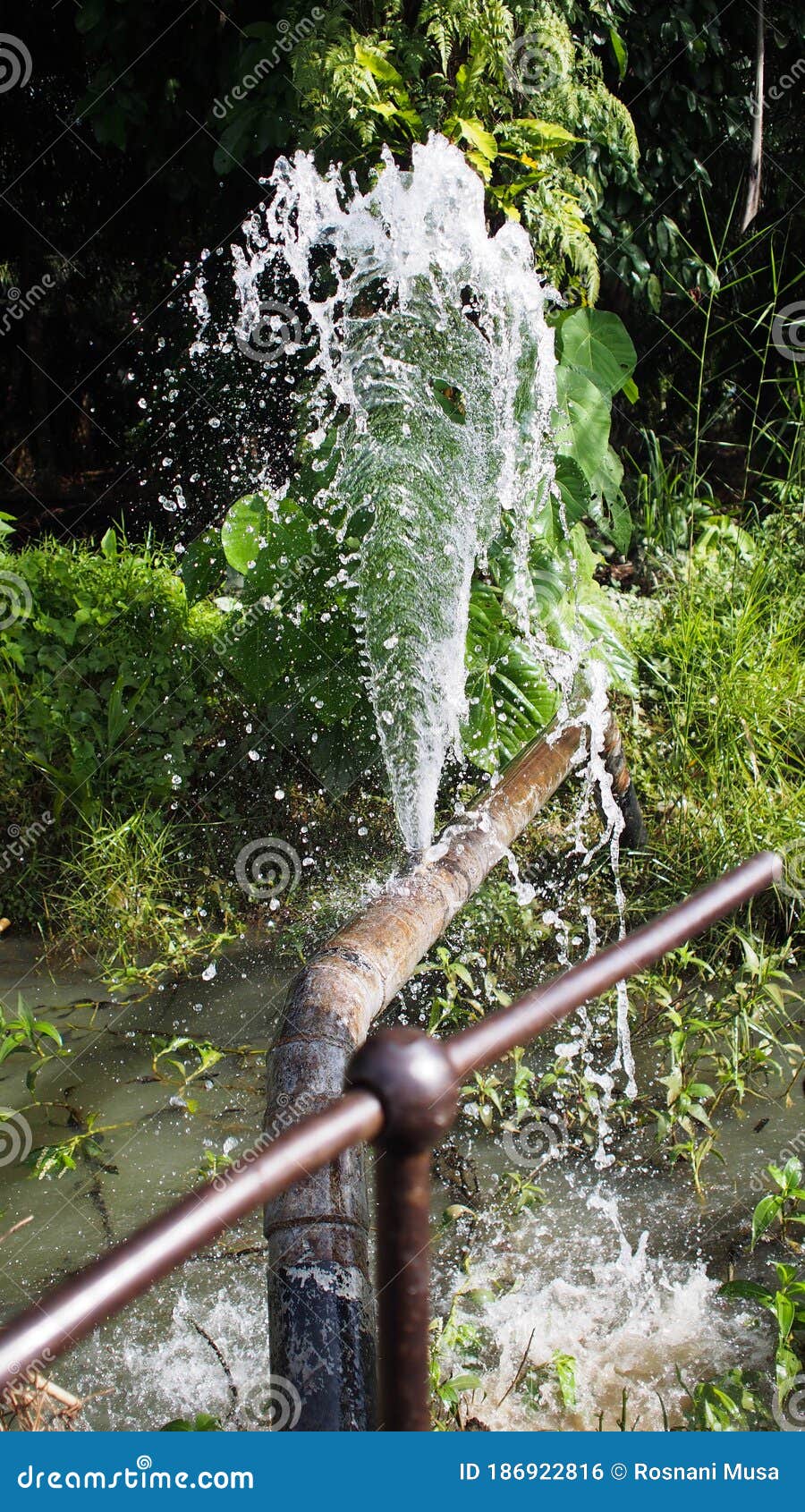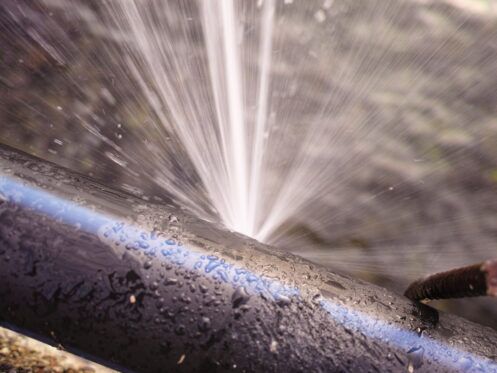How to Handle a Burst Pipe: Essential Steps for Immediate Action
How to Handle a Burst Pipe: Essential Steps for Immediate Action
Blog Article
Avoiding Burst Piping: Necessary Tips to Shield Your Pipes
Protecting against ruptured pipelines is a critical problem for home owners, particularly during cooler months when the threat of freezing is heightened. Carrying out critical actions such as appropriate insulation, routine assessments, and keeping constant indoor temperature levels can significantly lower the chance of pipe failing.
Understand Pipeline Vulnerabilities
Comprehending pipe susceptabilities is necessary for reliable pipes upkeep and stopping costly damage. A number of variables contribute to the susceptibility of pipes to bursts, including product composition, age, and ecological problems. Older pipes, particularly those made from galvanized steel or polybutylene, frequently weaken gradually, leading to increased threat of tears and leaks.
Temperature level fluctuations can additionally considerably influence pipe honesty. In colder climates, water entraped in pipes can ice up, expanding and putting in pressure on the pipe wall surfaces, which may eventually lead to a burst. In addition, high water pressure can strain pipelines, specifically at bends and joints, heightening the possibility of failure.

Insulate Pipes Properly
Correct insulation of pipes is vital for protecting against cold and succeeding bursts during chilly weather condition (burst pipe). Protecting your pipes system effectively safeguards against temperature drops that can bring about expensive damages. Begin by determining prone locations where pipelines are revealed to exterior temperatures, such as cellars, attics, and exterior wall surfaces
Usage foam pipe insulation sleeves or wrap insulation tape around these locations to give a protective obstacle. Make certain that all areas of the pipelines, specifically those with limited heat exposure, obtain ample insulation. Pay unique attention to joints and fittings, as these are extra susceptible to freezing.
When protecting, it's necessary to select materials that meet local structure codes and are proper for the certain atmosphere. As an example, fiberglass insulation is typically recommended for its thermal resistance buildings - burst pipe. In addition, think about using heat cables or tape in severe conditions, which can be connected in to offer additional heat
Routinely evaluate shielded pipelines for any signs of wear or damages, as compromised insulation can decrease its efficiency. By taking these proactive actions, you substantially minimize the risk of pipeline ruptureds, guaranteeing a reputable pipes system throughout the cold weather.
Maintain Constant Temperature
A secure interior temperature is necessary for avoiding ruptured pipelines throughout the frigid months. When temperatures drop, water within pipes can ice up, creating and expanding pressure that might ultimately cause the pipelines to ruptured. To reduce this danger, home owners should maintain a regular temperature throughout their space, ideally no less than 55 ° F(13 ° C)Utilizing a programmable thermostat can aid take care of interior temperature levels effectively, making sure that rooms with pipes stay cozy also when your home is empty. Pay unique focus to locations that are extra susceptible to cold, such as attics, basements, and garages. Keeping cupboard doors open under sinks can likewise allow warmer air from the home to distribute around plumbing.
Additionally, it is sensible to allow taps to leak somewhat during severe cold snaps. This small flow of water can look at this now avoid freezing by alleviating stress within the pipes. Additionally, during specifically serious weather condition events, take into consideration momentarily suspending any kind of nighttime problems on click to find out more your thermostat to maintain a steady cozy environment. By executing these techniques, property owners can dramatically minimize the risk of pipeline ruptureds and protect their pipes systems versus the severe winter months components.
Regularly Evaluate Plumbing
Routine assessments of plumbing systems are important for avoiding burst pipelines and preserving total home integrity. During these inspections, it is important to take a look at visible pipes for indications of corrosion, leaks, or put on.
Furthermore, checking connections and joints is vital, as these factors are commonly prone to leaks. Homeowners need to additionally evaluate water pressure degrees, as extreme pressure can stress the plumbing system and enhance the risk of pipeline bursts.
Take into consideration organizing expert plumbing evaluations at the very least once a year, particularly prior to wintertime, to ensure your system is gotten ready for colder temperature levels. Normal inspections not just assist in recognizing immediate worries but additionally foster lasting maintenance strategies that can improve the lifespan of your plumbing system. By being proactive in your strategy, you can safeguard your home versus the expensive and turbulent consequences of ruptured pipelines. Prioritizing pipes evaluations is a financial investment in your home's health and wellness.
Know Emergency Treatments
Comprehending emergency procedures is important for every house owner, particularly after carrying out normal pipes examinations. Being prepared for a pipes emergency situation can substantially reduce damage and save costs.
Following, maintain crucial devices helpful. A pipes emergency kit should consist of a wrench, plunger, and towels, as well as a flashlight and a bucket for little leaks. Additionally, think about having the call information for a trusted plumbing technician easily offered, must the scenario rise past your control.
If you identify a leakage or ruptured pipe, promptly shut off the supply of water and notify your plumbing professional. Record webpage the damage with pictures for insurance coverage purposes. Be mindful of the signs of possible pipes issues, such as unusual water stress fluctuations or damp areas on walls
Eventually, proactive knowledge and quick action are important in taking care of pipes emergency situations, guaranteeing your home stays protected and lessening potential damages.

Final Thought
To conclude, preventing ruptured pipelines requires a multifaceted technique that includes understanding pipe vulnerabilities, proper insulation, preserving consistent interior temperature levels, regular assessments, and understanding of emergency situation treatments. By executing these necessary methods, the risk of pipes failings can be considerably decreased, thereby guaranteeing the longevity and efficiency of the pipes system. Positive actions not just secure against prospective damage but additionally contribute to total water conservation and the protection of property.
In colder climates, water caught in pipelines can freeze, broadening and putting in pressure on the pipe wall surfaces, which may inevitably lead to a burst. When temperatures drop, water within pipes can freeze, increasing and creating stress that might inevitably trigger the pipes to burst. By implementing these methods, homeowners can considerably lower the risk of pipe ruptureds and secure their pipes systems against the rough wintertime components.

Report this page